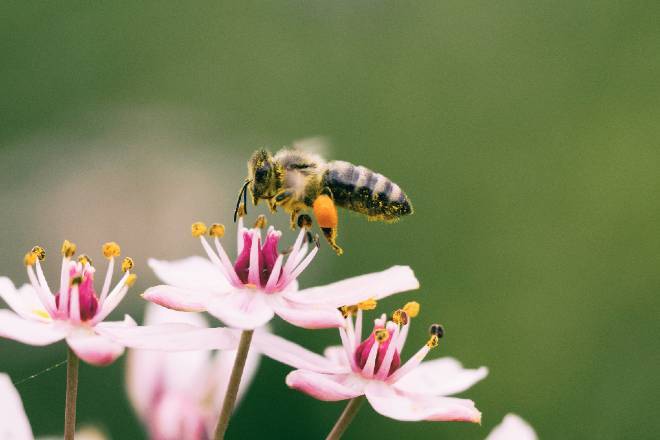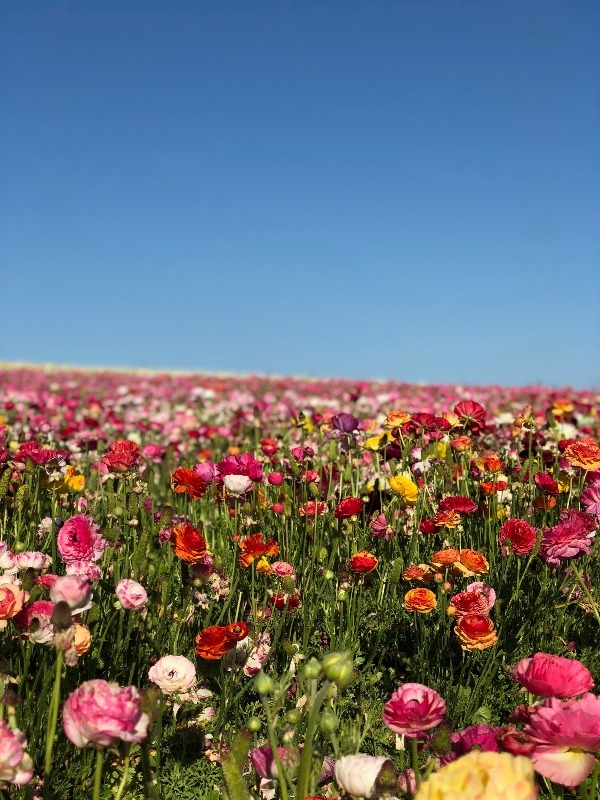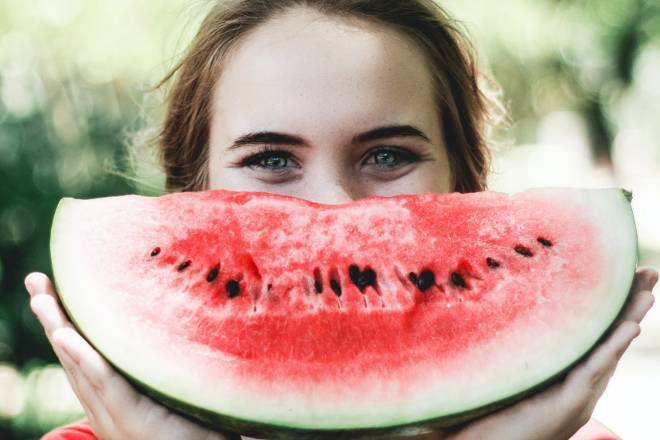
The Science of Flower Pollination: How it Works and Why it Matters
Pollination is a vital process for plant reproduction, and flowers play a key role in this process. Through the transfer of pollen from one flower to another, pollination allows plants to produce seeds and ultimately reproduce. Understanding the science behind flower pollination can help us appreciate the role of flowers in our ecosystem and why they are important.
Pollination is the transfer of pollen from the male part of a flower, the anther, to the female part of the same or another flower, the stigma. This transfer can occur through a variety of means, including wind, water, and animals such as bees, butterflies, and other insects.
When an animal visits a flower to collect nectar, pollen grains from the anthers stick to the animal's body. As the animal moves from flower to flower, it inadvertently transfers pollen to the stigma, allowing for fertilization to occur. This process is known as cross-pollination, and it helps to increase genetic diversity in plants, which can help to make them stronger and more resistant to disease.
In addition to its role in plant reproduction, pollination is also important for maintaining the balance of our ecosystem. Pollinators, such as bees and butterflies, are essential for the survival of many plant species, as well as for the production of food for humans and animals.
Unfortunately, pollinators are facing many challenges, including habitat loss, pesticide use, and climate change. This can have a significant impact on our food supply and the overall health of our ecosystem. It is therefore important to take steps to protect and support pollinators, such as by planting pollinator-friendly flowers and avoiding the use of harmful pesticides.
In conclusion, flower pollination is a vital process for plant reproduction and for maintaining the balance of our ecosystem. By understanding the science behind pollination and taking steps to protect pollinators, we can help to ensure the survival of many plant species, as well as the production of food for humans and animals. So next time you admire a flower, remember its important role in the circle of life.




